Vélez Blanco is in the Sierra Maria Los Vélez Natural Park in Almeria province, Andalucia. A mountain village with a magnificent castle.
By Nick Nutter | Updated 15 Sep 2022 | Almería | Villages |
Login to add to YOUR Favourites or Read Later
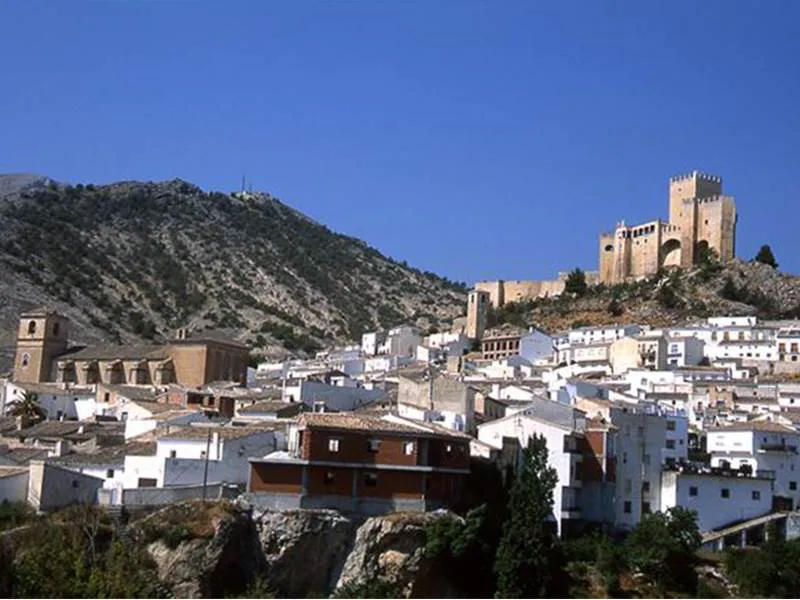
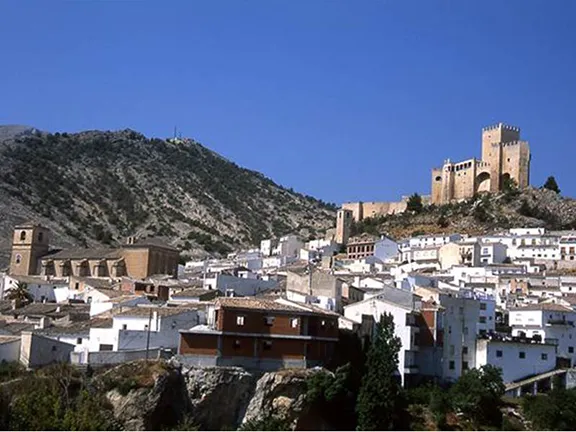
Vélez-Blanco
Dominated by its magnificent castle, Vélez Blanco nestles in a valley 1070 metres up in the Sierra Maria Los Vélez Natural Park in the most northern Comarca in Almeria. The town has attracted inhabitants since prehistoric times, the nearby Cueva de Ambrosio is famous amongst archaeologists for its Neolithic remains. More recently, between the 17th and 19th centuries AD, Spanish nobles built magnificent houses in a Baroque style that became known as ‘Vélez Classical’. As a centre for exploring the Natural Park, that has some of the most spectacular and beautiful walking in Andalucia, or for the history buff, Vélez Blanco is without parallel.
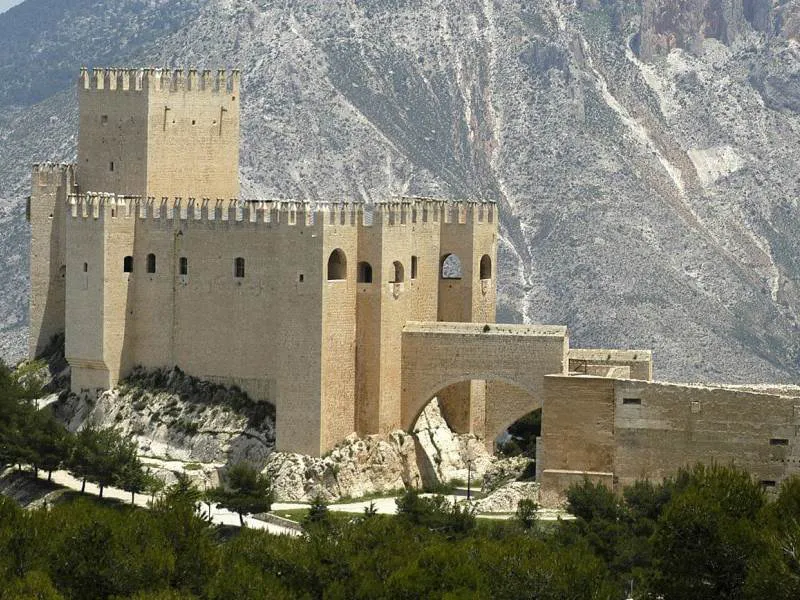
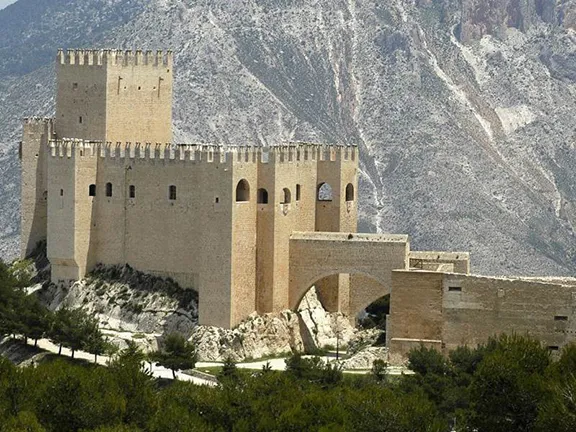
Castillo de Vélez-Blanco
The Castillo de Vélez-Blanco or Castillo Palacio as it is sometimes known, has its own unique history. The building is in two parts. The first and oldest portion is the rather square blockhouse at the southern end of the structure. This dates to the Nazrid period, the 13th and 14th centuries AD. Velad al-Abyadh as it was known to the Moors, was in a strategic position. The fortress, with its double walls, was considered impregnable. Even so the castle and town was surrendered without a struggle in 1488, during the reconquest. In 1503 Queen Isabel gave the village to the Governor of Murcia, Pedro Fajardo, 1st Marquis of los Vélez. Between 1505 and 1516 he built the Renaissance style addition to the Moorish citadel. Spectacular soaring arches and elaborate decorations to the battlements emphasised the dominating feature at the northern end of the structure, the Tower of Homage which itself was meant to demonstrate the Marquis’s power over his tenants below. The interior was sumptuously decorated and furnished. In 1903 the interior ornamentation was sold to a French antique dealer and somehow found its way to the Metropolitan Museum of Art in New York. For those sufficiently interested there are flights from Madrid.
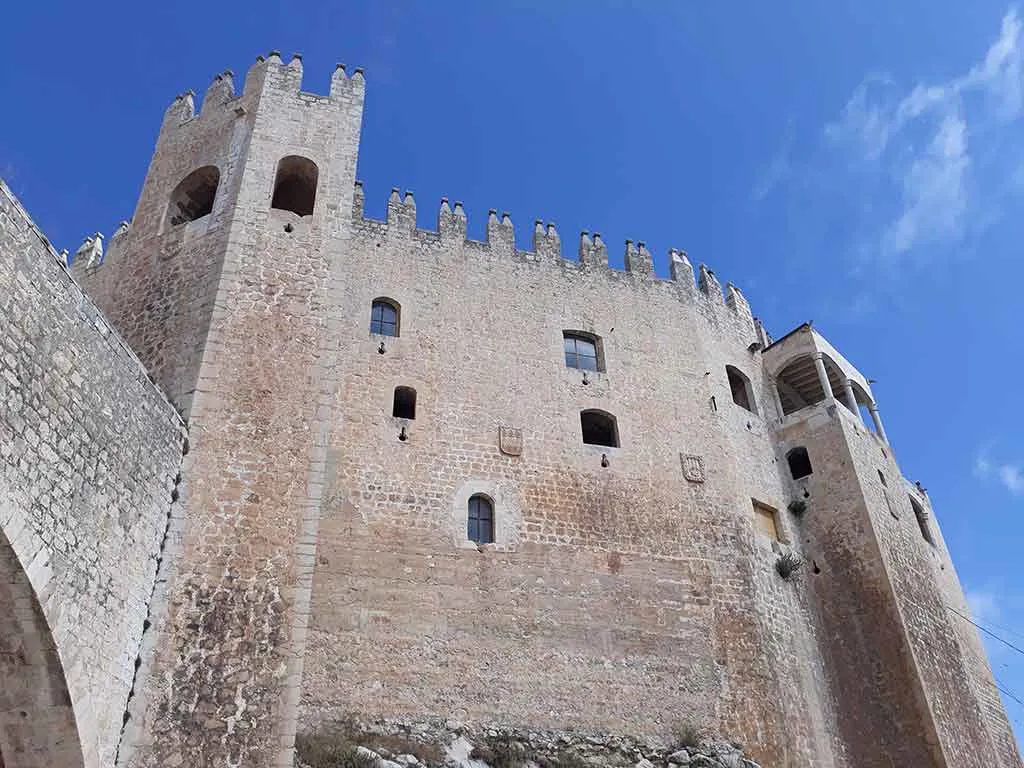
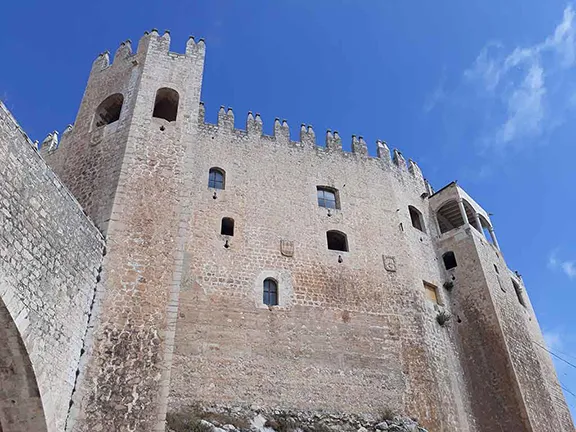
Castillo de Vélez-Blanco
The castle was declared a Monument of Cultural Interest in 1931 and partially renovated during the latter half of the 20th century. Notice the imposing family crests beneath the ornate battlements.
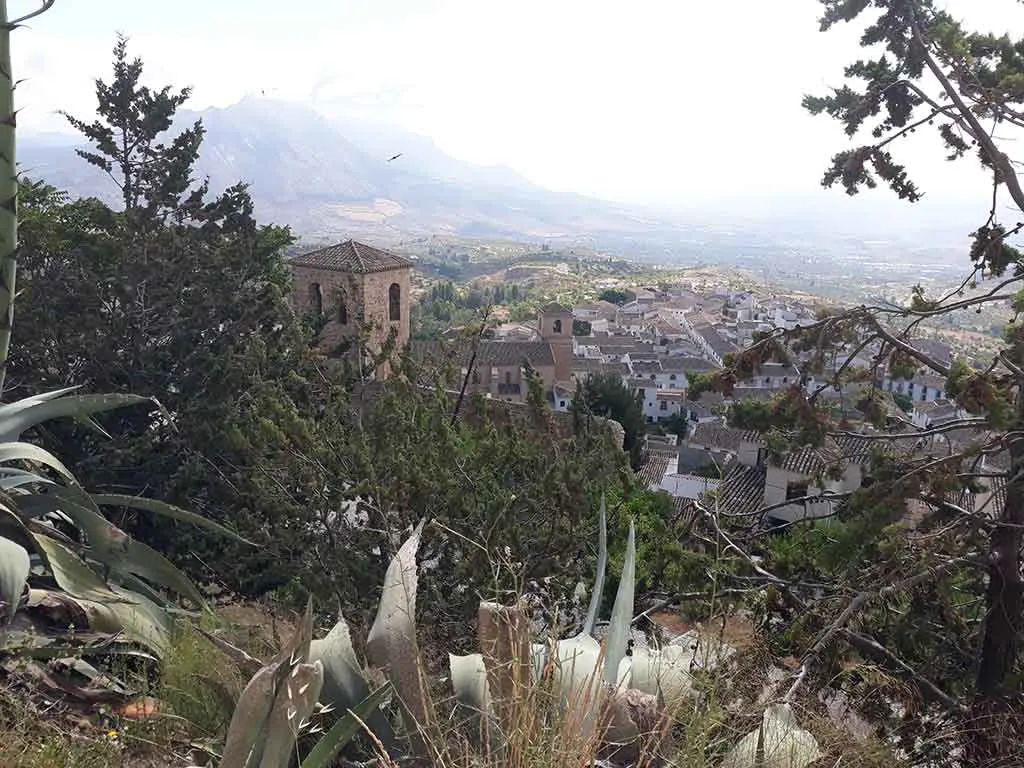
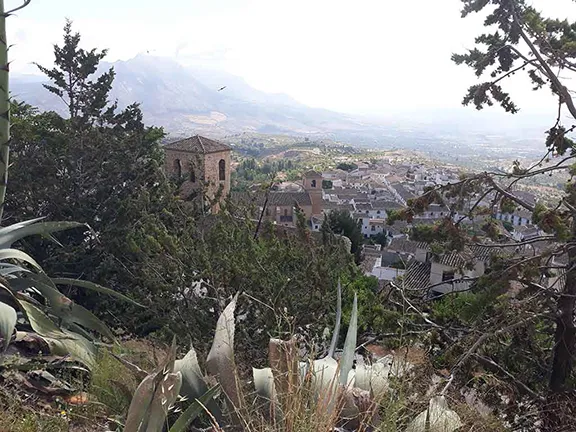
Vélez-Blanco
Beneath the castle the town clings to the hill. It is refreshingly lacking in any modern high rise structures. Descending into the town is via narrow winding streets and ramps between the old Moorish buildings, neat white houses with orange tiled roofs. The Mudejar Iglesia de la Magdalena just east of the castle, was built on the site of the Moorish Mosque. In total contrast, a couple of hundred metres east, is the Iglesia de Santiago Apostol that has a mixture of Gothic, Renaissance and Mudejar design elements.
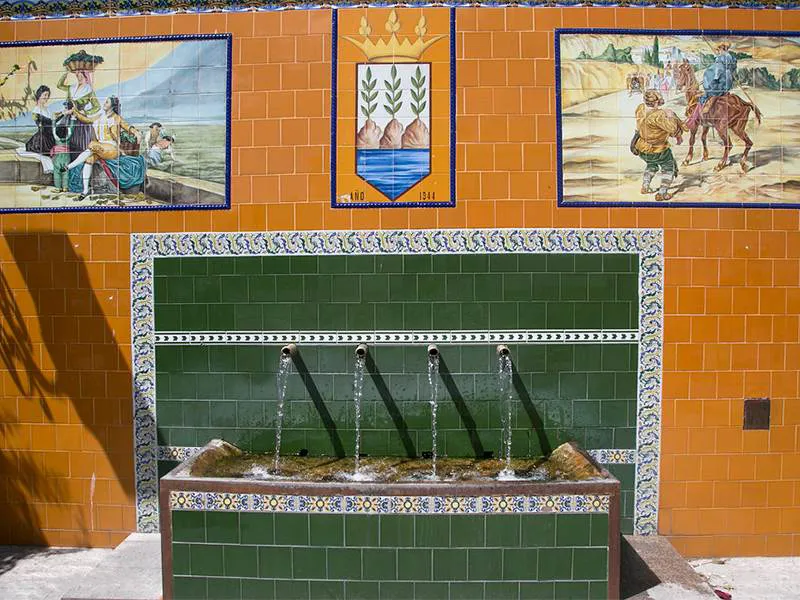
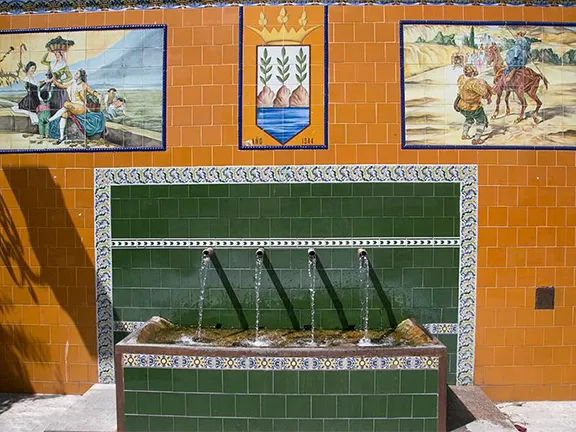
Fuente Vélez-Blanco
Following the War of the Alpujarras, also known as the Morisco Revolt, Vélez Blanco was depopulated of its Moors in 1571. In 1574, 200 immigrants were brought in from neighbouring areas. The main occupation was agriculture and work in spinning and textile mills. The new occupants occupied the empty houses and gradually the town grew from there.
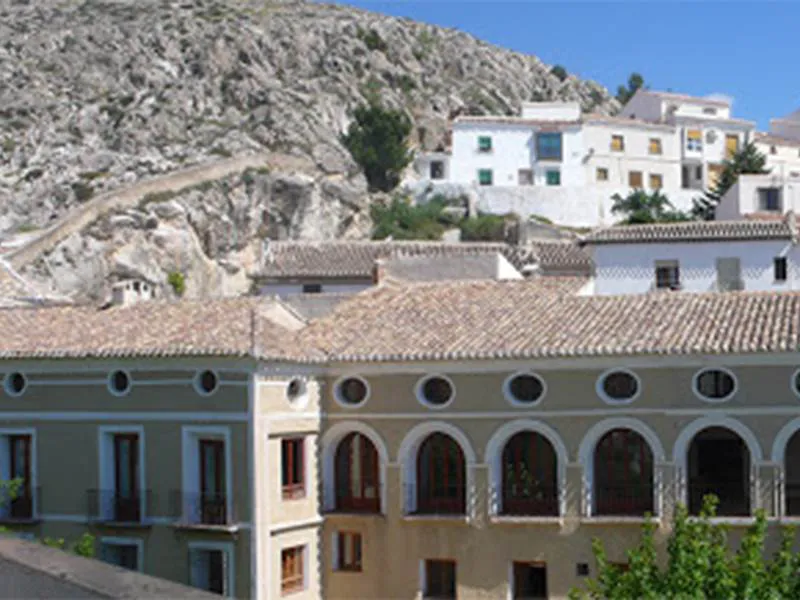
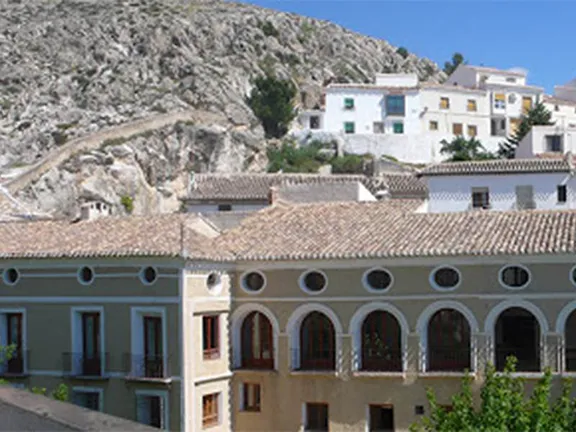
Casa Arcos Vélez-Blanco
Below the old dwellings you enter the area of town that was built between the 16th and 19th centuries and encounter a unique architectural style, Vélez Classical. Two buildings are of note, the Casa de los Arcos and the Casa de los Bañones, both Baroque, with the symmetrical arches typical of the Vélez Classical style. Casa de los Arcos, now a hotel, is on the edge of the Barranco de la Fuente, a green area with beautiful gardens and a 15th century public fountain. A walk from there, south, along the wide Avenida Corredera takes you between well maintained, majestic even, rows of Baroque style houses and any number of bars and restaurants, all of which look tempting. Many serve dishes that include the wild rabbits and other game obtained from the Sierra.
As a footnote, the Spanish residents are unfailingly friendly towards visitors. Julie and I visited Vélez Blanco towards the end of the Coronavirus lockdown period. We appeared to be the only visitors in town. The castle was closed due to the lockdown. An Ayuntamiento official very kindly offered to open the castle especially for us.